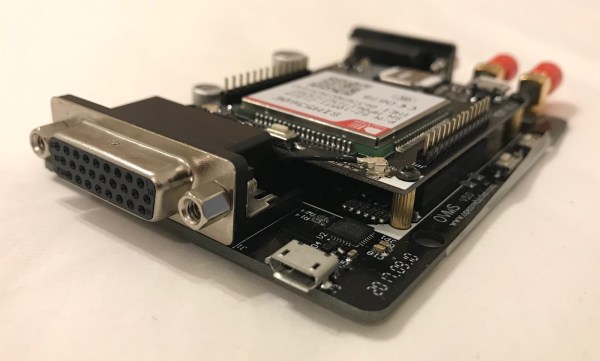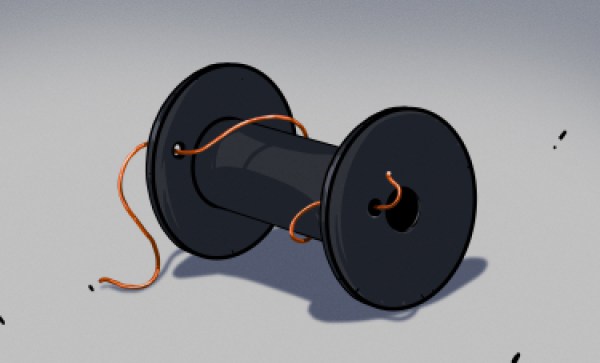As cars increasingly become computers on wheels, the attack surface for digital malfeasance increases. The [PCAutomotive] group shared their exploit for turning the 2020 Nissan Leaf into 1600 kg RC car at Black Hat Asia 2025.
Starting with some scavenged infotainment systems and wiring harnesses, the group built test benches able to tear into vulnerabilities in the system. An exploit was found in the infotainment system’s Bluetooth implementation, and they used this to gain access to the rest of the system. By jamming the 2.4 GHz spectrum, the attacker can nudge the driver to open the Bluetooth connection menu on the vehicle to see why their phone isn’t connecting. If this menu is open, pairing can be completed without further user interaction.
Once the attacker gains access, they can control many vehicle functions, such as steering, braking, windshield wipers, and mirrors. It also allows remote monitoring of the vehicle through GPS and recording audio in the cabin. The vulnerabilities were all disclosed to Nissan before public release, so be sure to keep your infotainment system up-to-date!
If this feels familiar, we featured a similar hack on Tesla infotainment systems. If you’d like to hack your Leaf for the better, we’ve also covered how to fix some of the vehicle’s charging flaws, but we can’t help you with the loss of app support for early models.


















